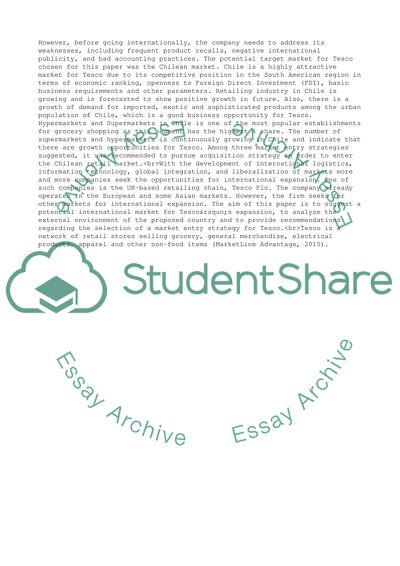Cite this document
(“Strategic International Business Management Essay”, n.d.)
Strategic International Business Management Essay. Retrieved from https://studentshare.org/business/1677047-strategic-international-business-management
Strategic International Business Management Essay. Retrieved from https://studentshare.org/business/1677047-strategic-international-business-management
(Strategic International Business Management Essay)
Strategic International Business Management Essay. https://studentshare.org/business/1677047-strategic-international-business-management.
Strategic International Business Management Essay. https://studentshare.org/business/1677047-strategic-international-business-management.
“Strategic International Business Management Essay”, n.d. https://studentshare.org/business/1677047-strategic-international-business-management.


